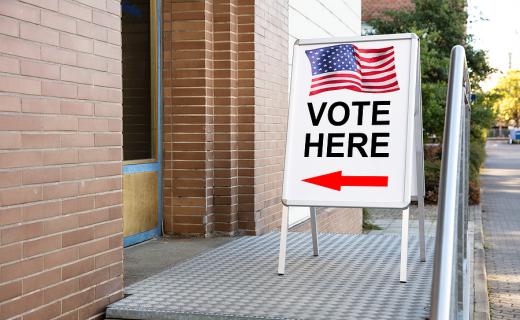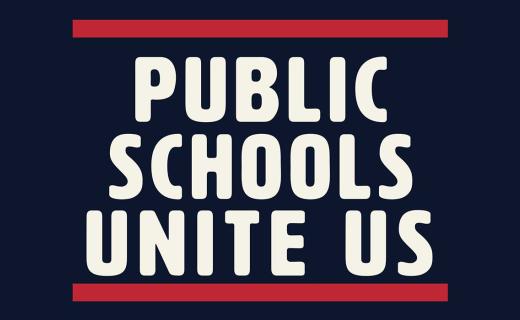In June 2011, New York state leaders responded to calls for property tax relief by enacting a law that placed new restrictions on how school districts (and municipalities) may increase their tax levies. Although often referred to as a “2 percent tax cap,” the law does not, in fact, restrict any proposed tax levy increase to 2 percent. It does, however, require at least 60 percent voter approval for a school budget if the proposed levy increase exceeds a certain amount.
That amount, called the “tax levy limit,” is calculated by each district according to a complex formula outlined in the law, and varies by district.
In the 2012-13 budget cycle, only five districts had an actual calculated levy limit (including exclusions) of 2 percent, while 575 school districts had a limit greater than 2 percent and 91 had a limitless than 2 percent.
Although districts have the option to exceed their tax levy limits with voter approval, the reality is that any proposed school tax levy increase is compared to this levy threshold—or against the prevalent but misguided expectation of “2 percent”—adding to the pressures schools face to keep taxes low despite
Click the below pdf to continue reading.

